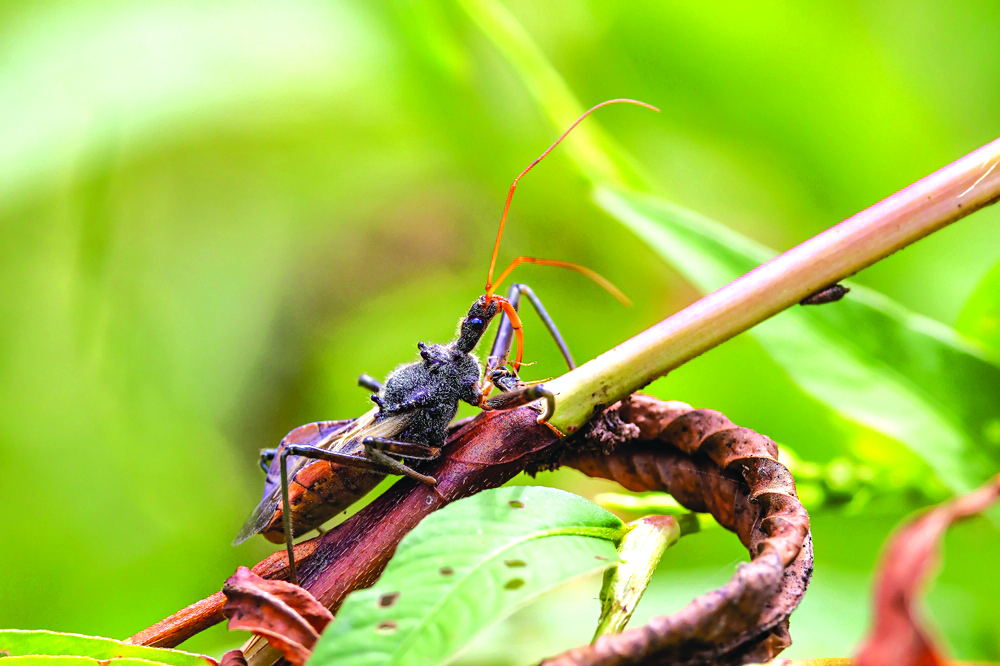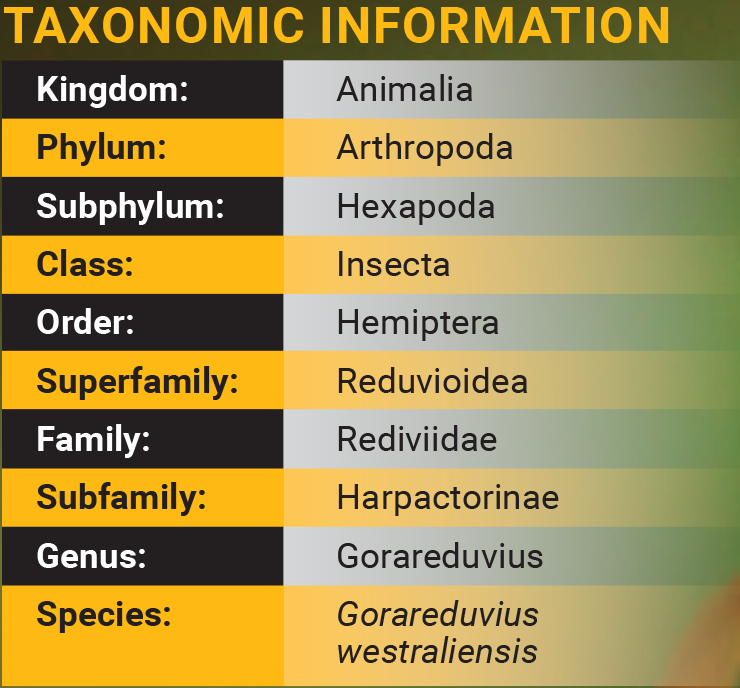
Beware, Australia – an assassin is on the prowl! Don’t worry, this particular assassin is just an Insect—specifically, a Bug. And this Bug’s weapon of choice? Not a lethal poison, but rather a sticky substance, adroitly used to capture its prey.
Meet the Assassin Bug, the mastermind of the insect world, armed with a remarkable tool: spinifex grass resin.
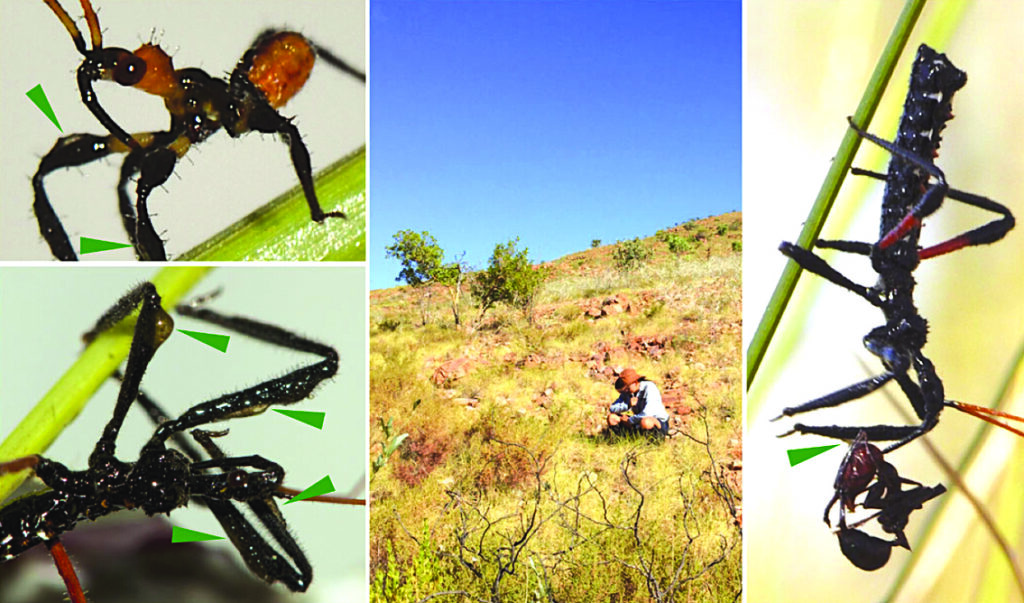
Here is the close-up of the Assassin Bug (Fernando Soley)
A DISCOVERY THAT STICKS
For many years, the ability to use tools was considered an exclusive trait of humans and a few higher animals. Dolphins employ sea sponges to protect their beaks, Pigs are known to utilize sticks, and our feathered friends have shown an impressive level of creativity with a wide variety of implements.
But the discovery of tool use in Assassin Bugs paints a much more complex picture of the animal kingdom, prompting scientists to rethink our understanding of animal cognition.
Researchers Fernando Soley and Marie Herberstein from Macquarie University have shed light on this sticky situation. Their study, as sweetly laid out in the journal Biology Letters, reveals the clever strategy of Australian Assassin Bugs, a species under the genus Gorareduvius. In a move that seems almost diabolically cunning for a creature of their size, this Assassin Bug coats themself with the resin from spinifex grass, a native Australian plant, transforming themself into a sticky trap for unsuspecting prey.
But why all the fuss over a sticky little Bug? The study suggests the existence of complex cognition in the Insect world. Tool use requires sophisticated cognitive abilities, and finding this in bugs is a discovery that sticks!
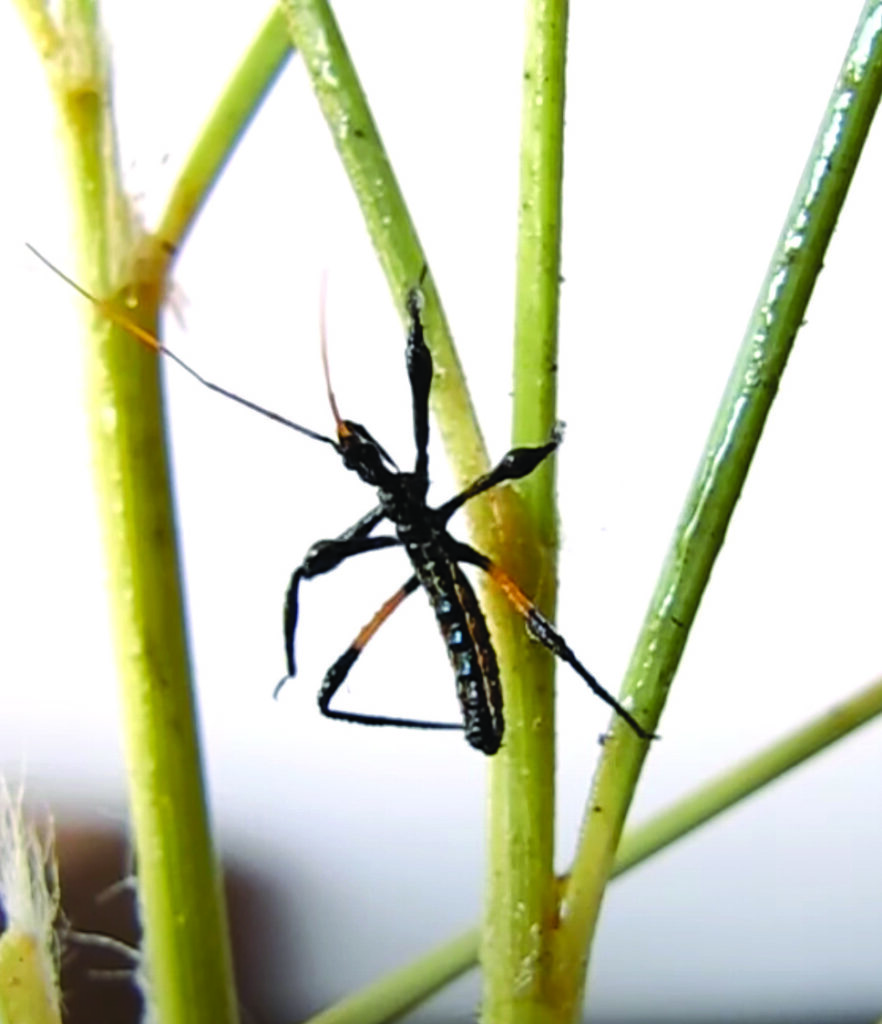
Assassin Bugs smear the resin onto their body. (Screengrab from ScienceAlert Youtube)
SMALL BUG THINKS BIG
The research duo, in an attempt to get a real handle on this sticky behavior, observed 125 Gorareduvius Bugs both in the wild and in a makeshift lab. The Bugs, whether covered in resin or “au naturel,” were presented with two potential meals: Flies and Ants.
It turned out that the resin-coated Bugs were far more successful at securing a meal, regardless of the type of prey. In fact, these sticky predators were 26 percent more successful at capturing either type of prey than their unarmed counterparts. That’s one way to stick the landing!
But this intriguing study is more than just a Fly on the wall in the grand scheme of animal behavior. It’s also a firm step into the world of Insect cognition and an invitation to reevaluate our understanding of their intelligence.
Despite their small size, these Bugs have shown us that they can think big.
INSTINCTIVELY TOOL-SAVVY
Perhaps even more astounding is the evidence that this behavior isn’t a product of learning from older, more experienced Bugs. Indeed, the ability to use resin as a tool seems to be an innate skill, as even the newly hatched nymphs were observed utilizing this sticky strategy.
This challenges our understanding of learned versus innate behavior in Insects and sparks numerous fascinating questions about genetic memory and instinctual behavior in the animal kingdom.
The findings suggest that, among Insects, Assassin Bugs may be disproportionately tool-savvy. It’s as if they’ve taken a page from the human handbook, embracing the “work smarter, not harder” philosophy by using their sticky resin weapon to turn the tide in their favor.
OTHER TOOL AFICIONADOS
Another animal just recently discovered to possess the capability to use tools is the Visayan Warty Pig, as mentioned in the March- April issue. The critically-endangered Pig was seen in a Parisian zoo picking up a piece of bark to dig in the soil.
There had been no previous records of tool use in any of the 17 wild Pig species and domestic Swine.
Other tool-using animals include Egyptian Vultures, Octopuses, and Elephants, to name a few.
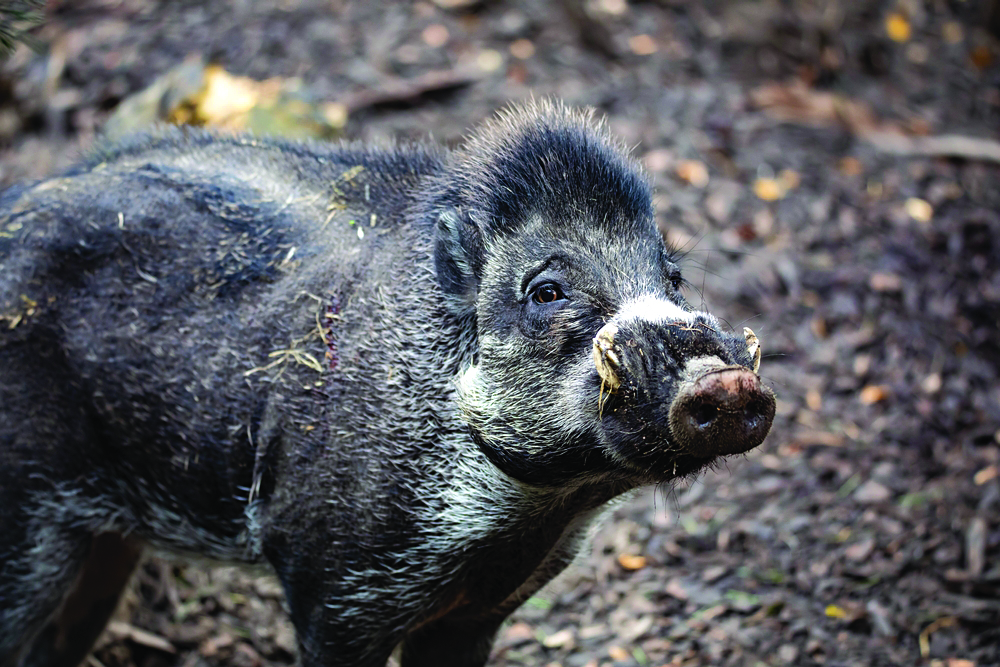
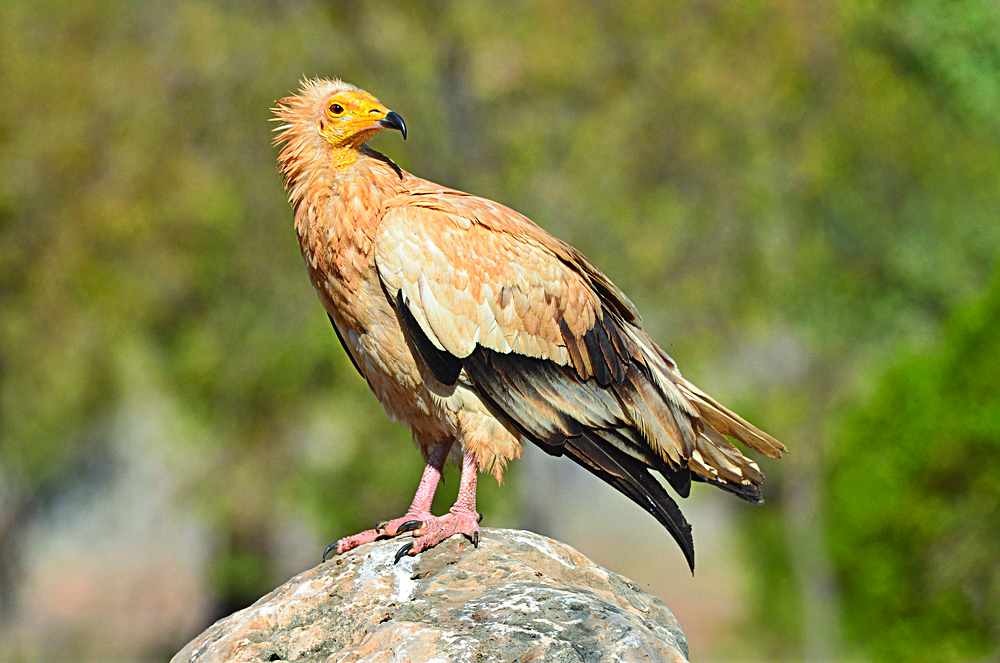
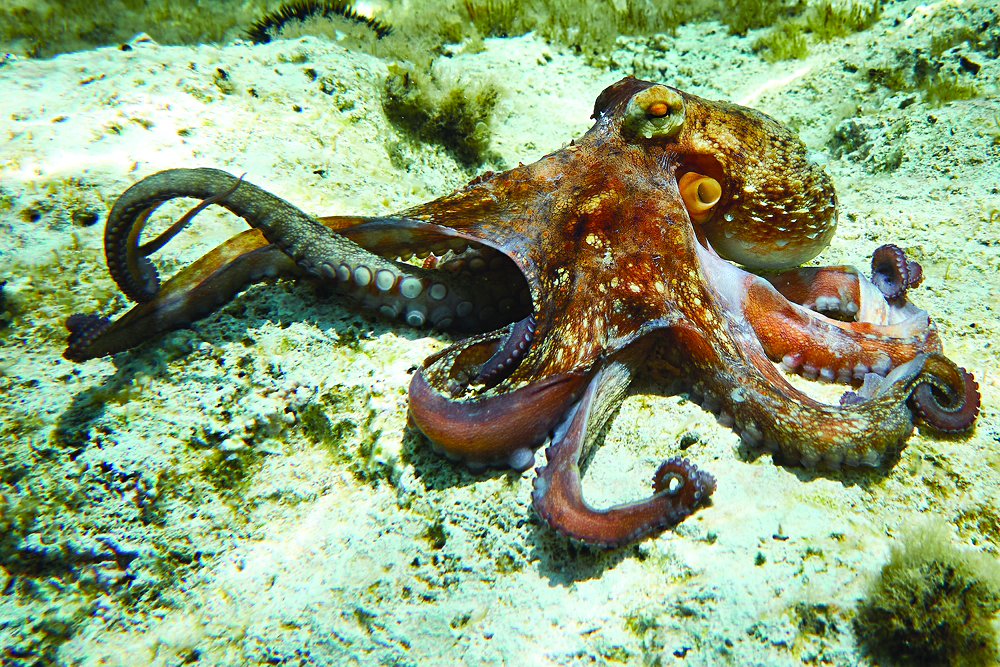

EFFICIENT HUNTERS
Perhaps what makes these cunning Critters even more intriguing is their ruthlessly efficient hunting style. They pierce their prey with a proboscis, inject paralyzing digestive enzymes, and then drain their prey of its liquid contents.
Although resin does not guarantee a surefire victory every time, it slows down the prey just enough for the Bug to strike. As they say, the early Bird may get the Worm, but the sticky Bug gets its prey!
CLEVER CRITTERS
The science community’s antennae are certainly twitching with excitement over these findings. After all, humans aren’t the only ones who can wield tools to their advantage.
We’re part of an expansive world of crafty Critters, Bugs included, who are cleverer than we’ve ever thought. So, the next time you spot an Insect, remember the Assassin Bug, and appreciate the complex and brilliant world of Bugs that lies just beneath our feet.
